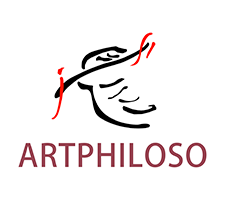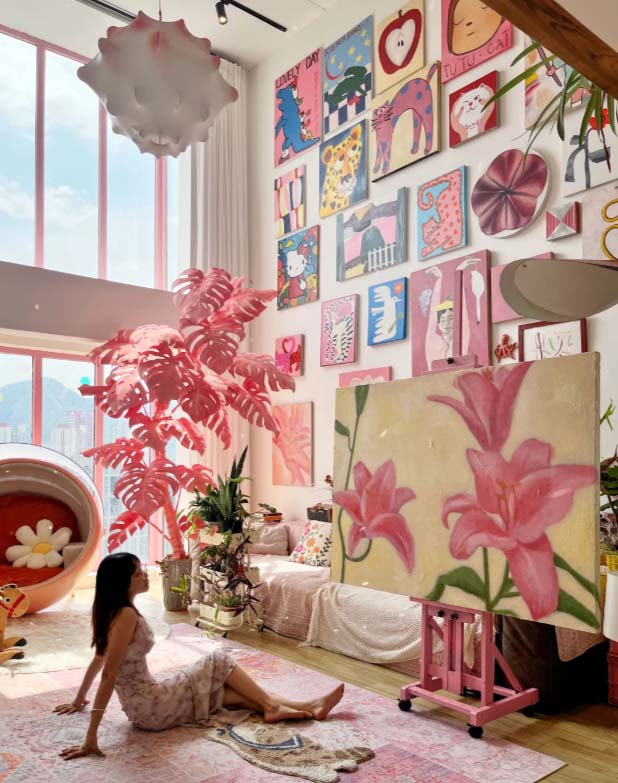
Displaying paintings is a process shaped by architecture, daily use, and the tone you want the room to carry. The goal remains direct: a painting should live in a space with intention and clarity. Many guides focus on basic rules such as eye-level placement or simple groupings. These techniques are helpful but do not address the full range of conditions in contemporary homes and workspaces. A more complete guide considers scale, circulation, lighting, environmental stability, and how materials respond to their surroundings. This article expands these dimensions while maintaining a clear and usable framework.
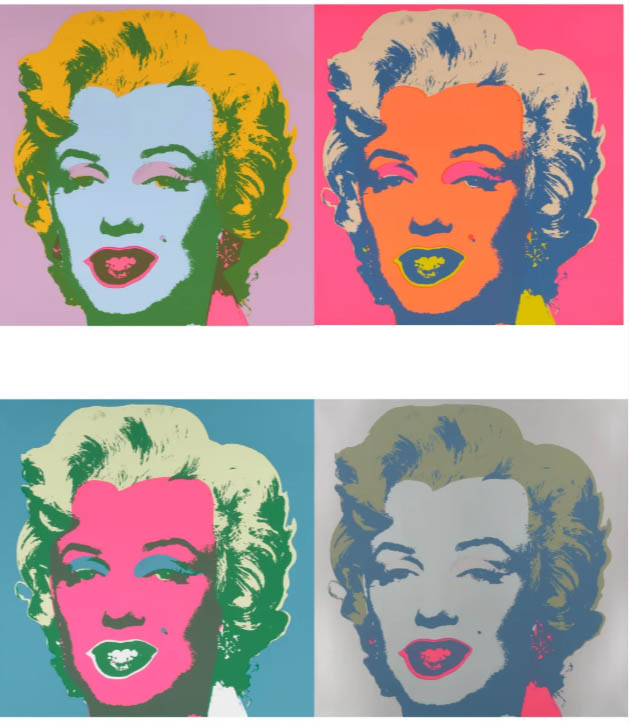
Acrylic painting continues to influence contemporary art because of its adaptability, reliable performance, and broad expressive range. The medium supports quick layering, diverse textures, and lasting durability, making it a favored choice among both emerging talents and established names. This guide builds on conventional overviews by offering a wider, more nuanced perspective on artwork acrylic paintings, including techniques, historical context, typical genres, and practical considerations for artists and collectors.
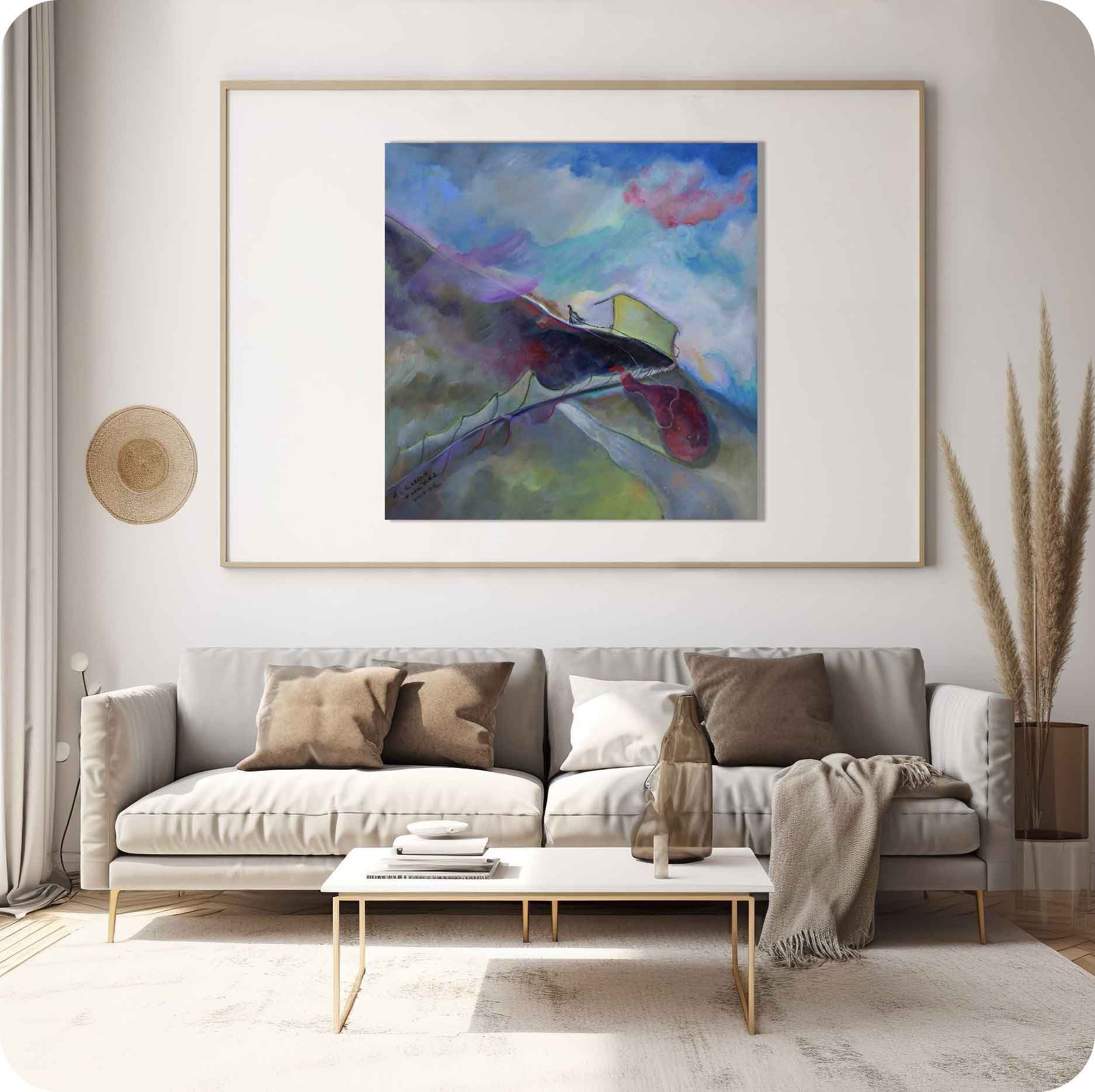
This essay explores how contemporary oil painting becomes a living conversation between Eastern aesthetics and Western techniques. Through three works—The Makeup of Desire 17, The Makeup of Desire 14, and Symptoms of Loneliness in Spring 1—the article reveals how gesture, space, and material unite to create a quiet yet dynamic East–West dialogue on canvas.

The following guide presents practical categories of paintings for the living room and gives real examples from museum and gallery collections, each with a working, accessible image link. This avoids vague recommendations and shows how specific artworks function as references for collectors, designers, and homeowners.
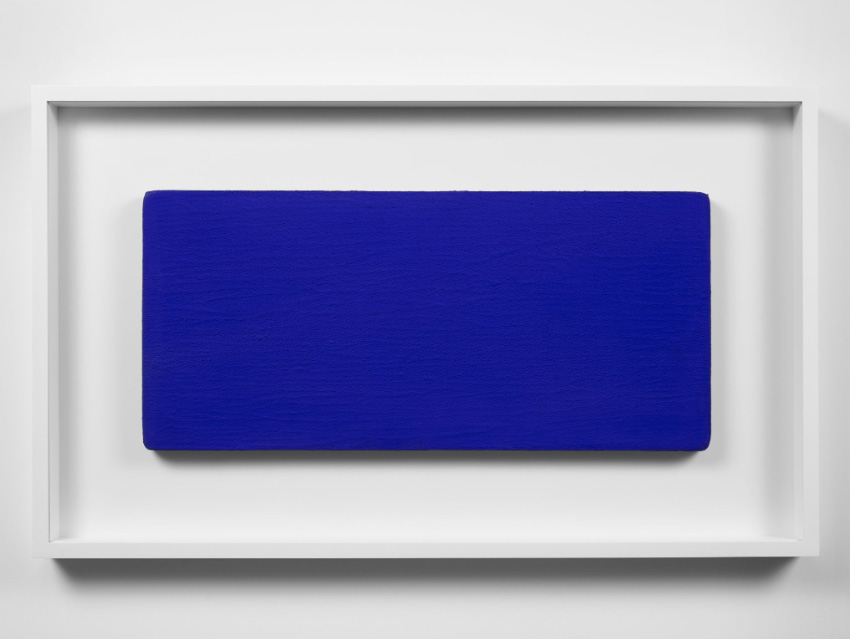
This article explores the timeless symbolism of blue across art, design, and culture. From sacred pigments of ancient Egypt to modern digital aesthetics, it reveals how the color blue embodies calmness, spirituality, and emotional depth. Through historical insight and contemporary interpretation, the text traces how blue continues to shape artistic expression and human perception in the modern world.

This article explores the emergence of a new generation of Chinese contemporary oil painters who blend tradition, innovation, and global sensibilities. It examines the evolving collector base, market dynamics, and institutional recognition that shape their visibility. From artistic themes reflecting identity and urban transformation to digital platforms expanding access, the discussion highlights both opportunities and challenges for collectors. The piece also considers investment perspectives and future directions, offering a comprehensive overview of how China’s next generation of oil painters is redefining artistic and cultural narratives on the international stage.

This article explains why Chinese emerging artists are attracting global collectors, focusing on the growth of the Chinese art market, the blend of tradition and modernity, investment potential, and the role of digital platforms and institutional support in boosting their visibility and accessibility.
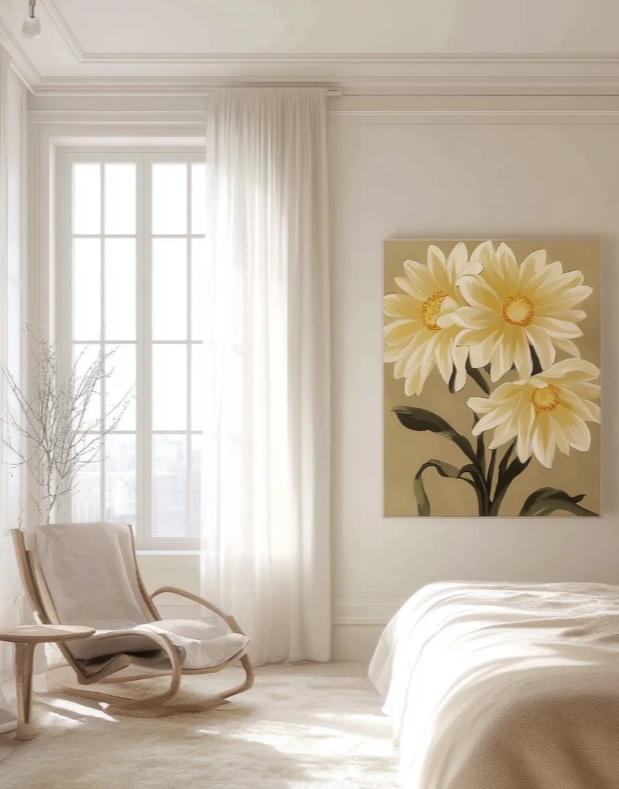
Art transforms the bedroom from mere sleeping quarters into a personal sanctuary. Choosing the right artwork in bedrooms defines mood, balance, and visual harmony. From modern minimalism to expressive abstracts, the wall above your bed offers endless opportunities. This article explores refined wall art ideas for bedroom interiors inspired by actual works from ArtPhiloso.
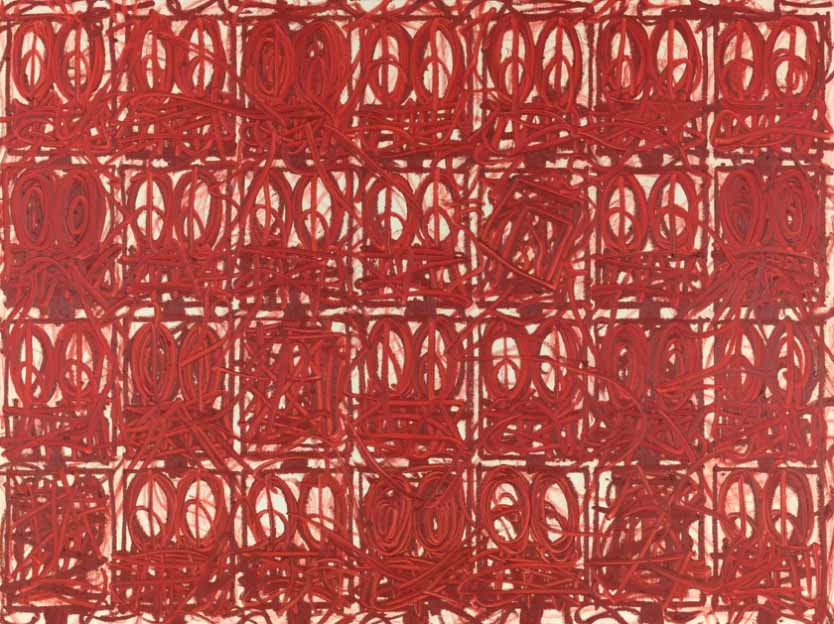
A quick 2025 guide to 10 essential abstract paintings—from early pioneers to leading contemporary artists. These works show how color, geometry, and new materials keep abstraction innovative and culturally relevant today.

This article examines how young Chinese artists are reshaping global collections—not through temporary market hype, but through institutional partnerships, digital visibility, and a new generation of globally minded collectors. It challenges the common narrative focused only on auctions and instead highlights museums, residencies, private foundations, technology-driven practices, and transnational networks that support long-term careers. By looking beyond price charts, the piece explains why this moment marks a structural shift in how contemporary Chinese art enters the world.
